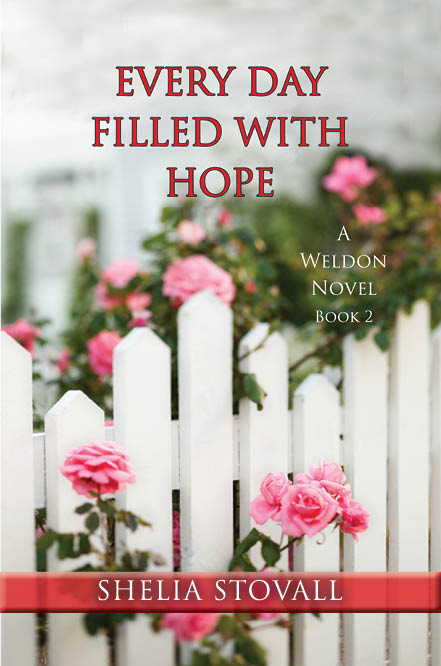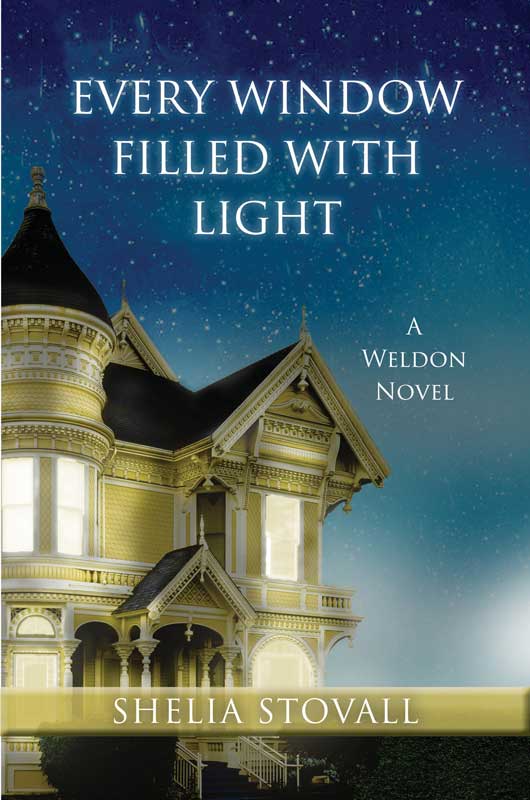 My third novel has not been working out. I couldn’t figure out where it was going. I put the book aside and I’ve been working on a short story for a Writer’s Digest Contest. My primary reason for entering a contest is to get feedback from professionals who can help me improve my writing skills. The prize money would be great, but I’m not holding my breath. I know there are many talented writers who will enter. If I don’t win, I can submit it to Chicken Soup for the Soul ™ or perhaps Guideposts Magazine. The goal is to get published in a reputable book or magazine so that when I seek an agent, they’ll be able to take notice. I’ve been reading Anne Lamott’s book Bird by Bird: Some Instructions on Writing and Life and ran across this quote. “E.L. Doctorow said once said that ‘Writing a novel is like driving a car at night. You can see only as far as your headlights, but you can make the whole trip that way.’ You don’t have to see where you’re going, you don’t have to see your destination or everything you will pass along the way. You just have to see two or three feet ahead of you. This is right up there with the best advice on writing, or life, I have ever heard.” ― Anne Lamott, Bird by Bird: Some Instructions on Writing and Life These words encouraged me because I couldn’t see where my novel was going. Using the bones of a story model that was shared with me by Carolyn Wall, the author of two wonderful novels, Sweeping up Glass and Playing with Matches, I started thinking about my story.
My third novel has not been working out. I couldn’t figure out where it was going. I put the book aside and I’ve been working on a short story for a Writer’s Digest Contest. My primary reason for entering a contest is to get feedback from professionals who can help me improve my writing skills. The prize money would be great, but I’m not holding my breath. I know there are many talented writers who will enter. If I don’t win, I can submit it to Chicken Soup for the Soul ™ or perhaps Guideposts Magazine. The goal is to get published in a reputable book or magazine so that when I seek an agent, they’ll be able to take notice. I’ve been reading Anne Lamott’s book Bird by Bird: Some Instructions on Writing and Life and ran across this quote. “E.L. Doctorow said once said that ‘Writing a novel is like driving a car at night. You can see only as far as your headlights, but you can make the whole trip that way.’ You don’t have to see where you’re going, you don’t have to see your destination or everything you will pass along the way. You just have to see two or three feet ahead of you. This is right up there with the best advice on writing, or life, I have ever heard.” ― Anne Lamott, Bird by Bird: Some Instructions on Writing and Life These words encouraged me because I couldn’t see where my novel was going. Using the bones of a story model that was shared with me by Carolyn Wall, the author of two wonderful novels, Sweeping up Glass and Playing with Matches, I started thinking about my story.
| Character | Setting | Conflict | Attempts | The Resolution |
| Has to Have some attributes that will make people like her/him. | Somewhere the main character doesn’t want to be. | Somebody somewhere wants something. | Moving the story along. What are the scenes that help the author get closer to resolution. | Happy ending, but everyone doesn’t get everything they want. |
| An ordinary person in an extraordinary situation. | ||||
| Put them in a place they are uncomfortable. |
I also checked out Book in a Month by Victoria Lynn Schmidt, Ph.D. from the library. Her story tracker tool also helped me to reflect on my story.
Story Tracker
Act I |
||||
| Character | Plot | Subplot | Setting | Other |
Act II |
||||
| Character | Plot | Subplot | Setting | Other |
I realized that my story ran like a travel log. I knew the character and the setting but what were they doing? I had started out with a hook, but I hadn’t introduced conflict. Ding, ding, ding, ding. I shared my solution with my husband, and he said “I don’t like that. I like Jim.” Ding, ding, ding. I discovered I have a character the reader likes. Yipee! But there has to be drama, conflict, and something interesting to keep the readers’ interest. I hope these tools will help you if you’re ever stuck. Keep slogging through. Don’t forget E.L.Doctorow’s advice that you just have to see two or three feet ahead. Perhaps your story will lead you to a place you didn’t know you were going. That’s the best surprise of all. It’s the magic that makes all writers keep writing.





